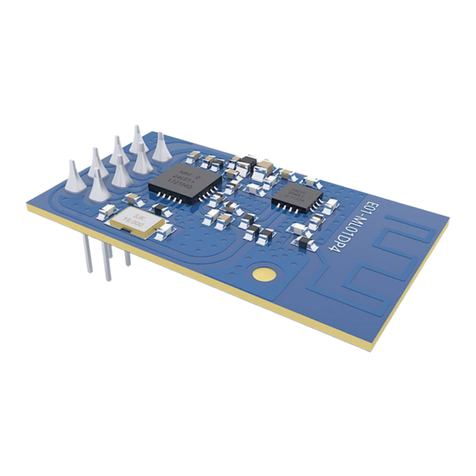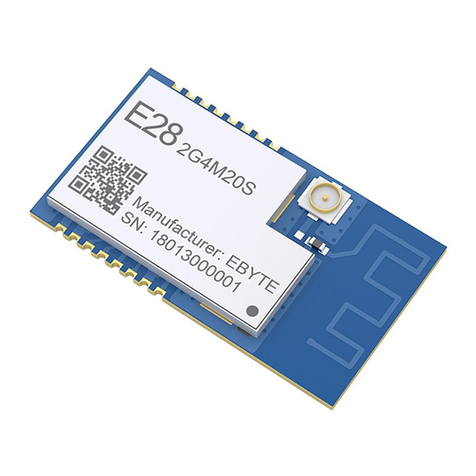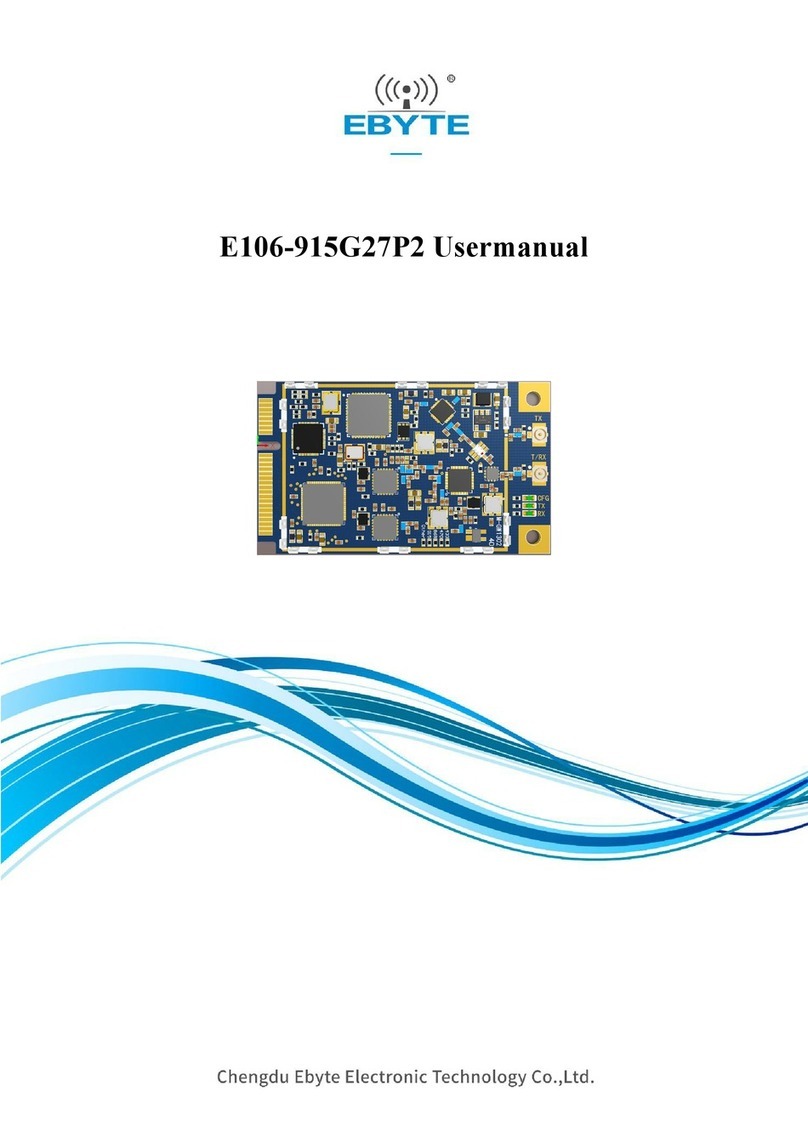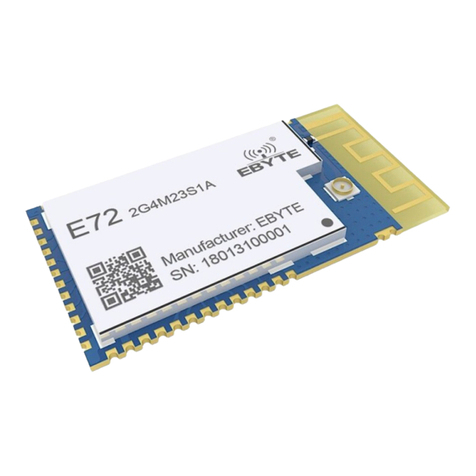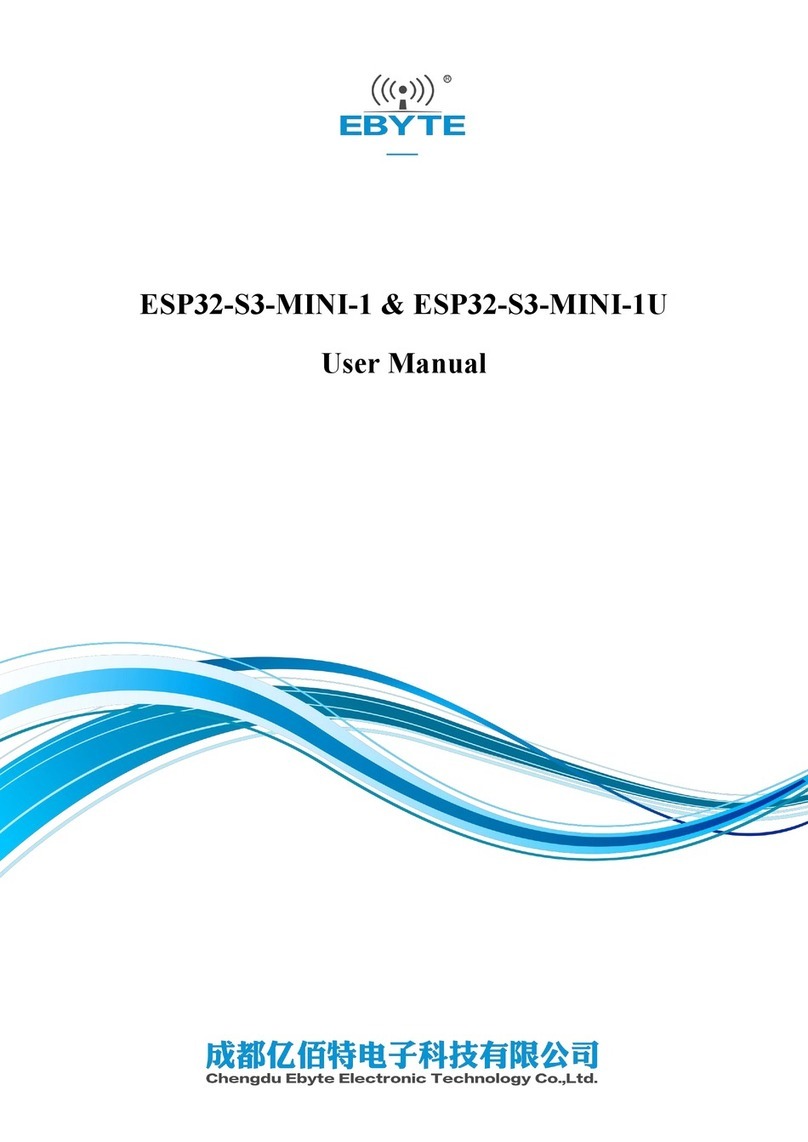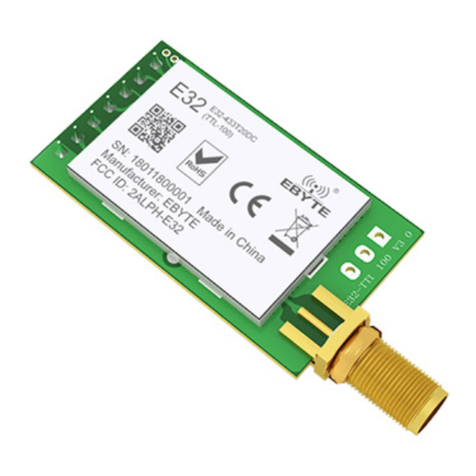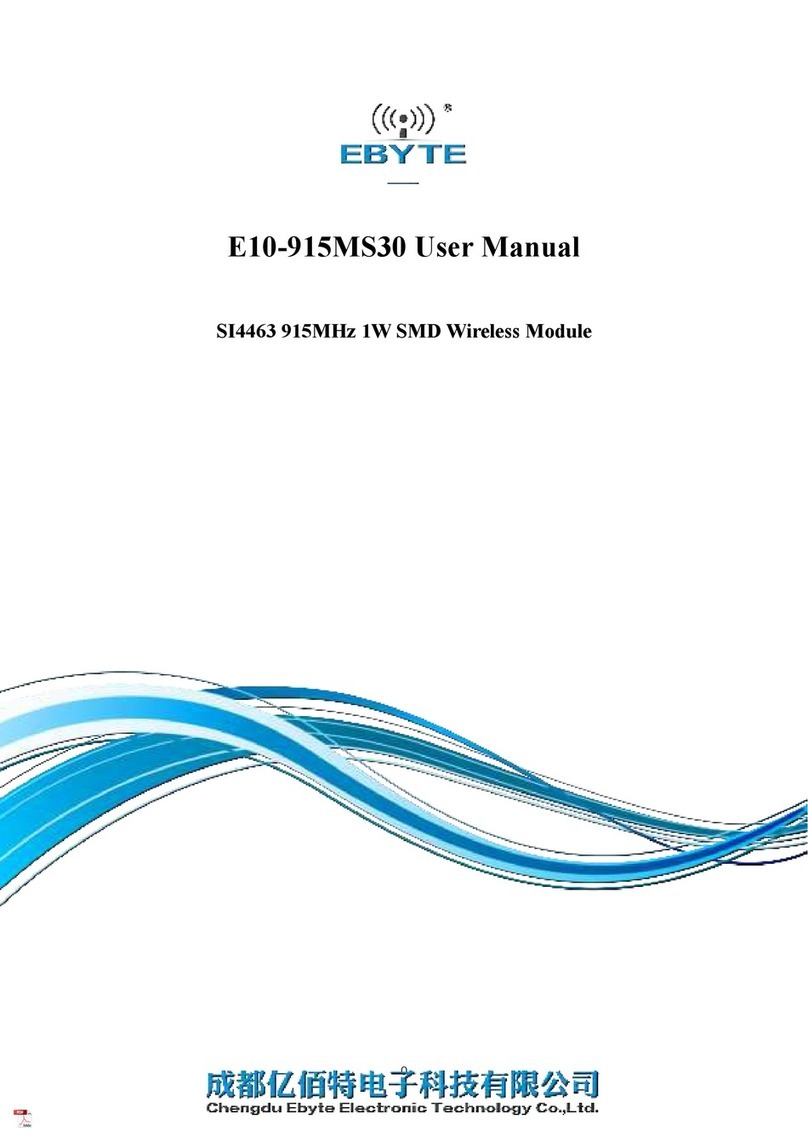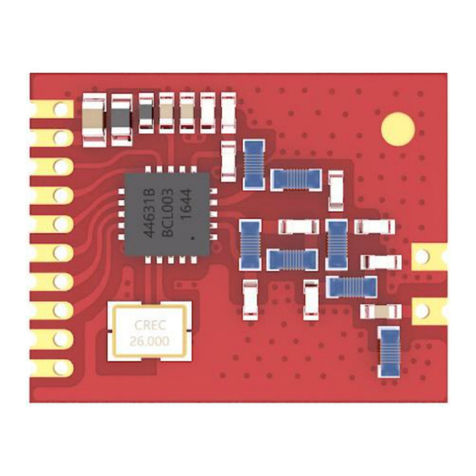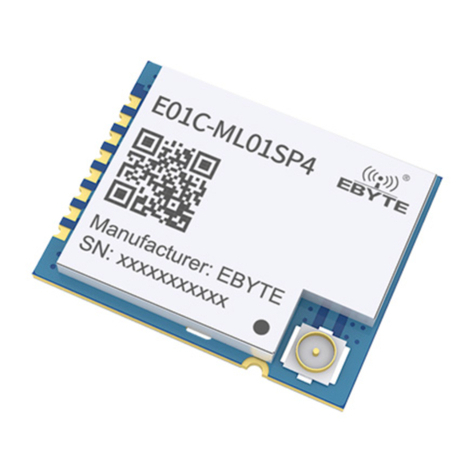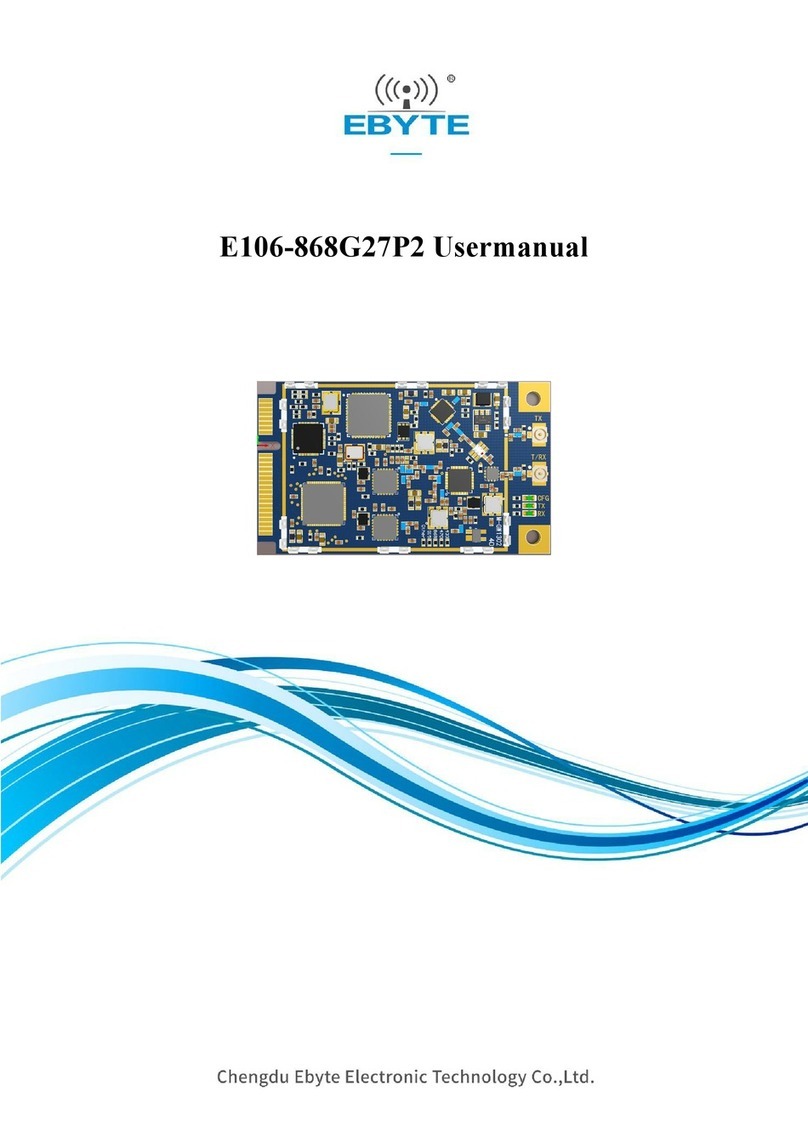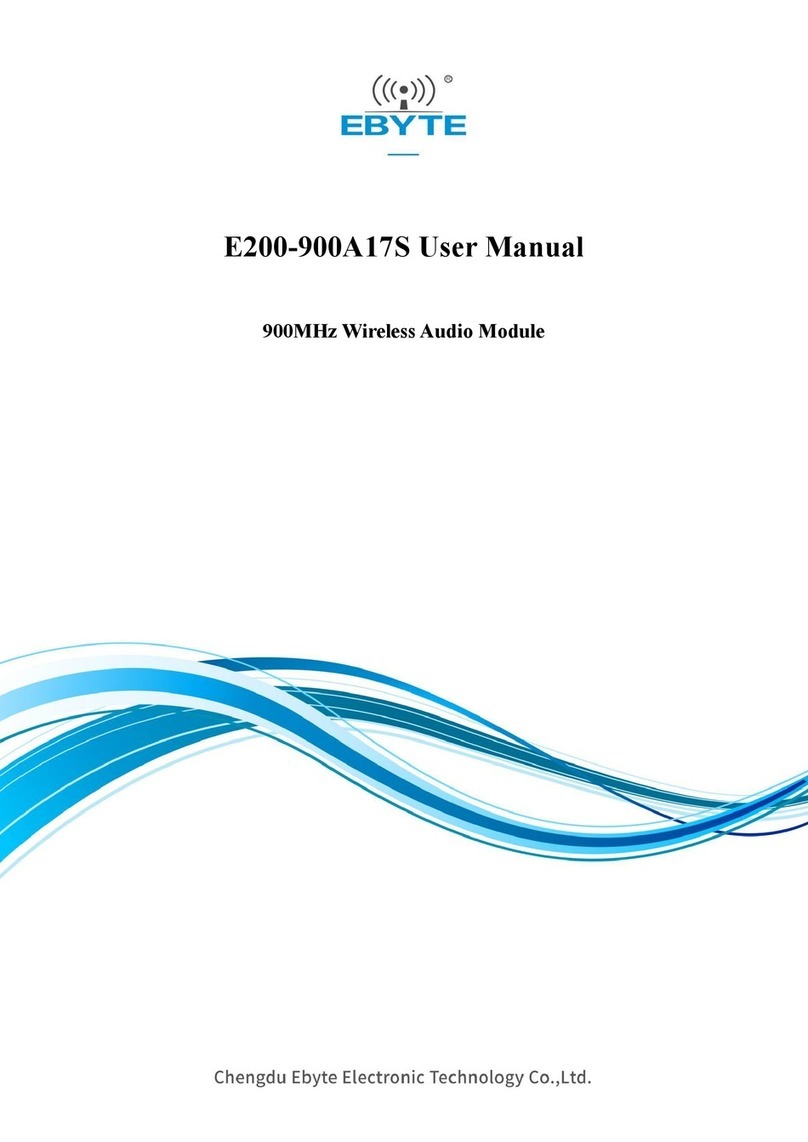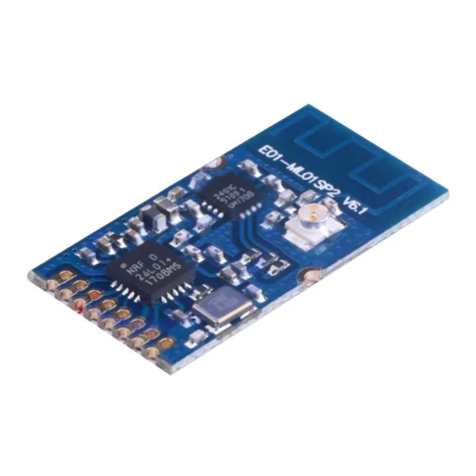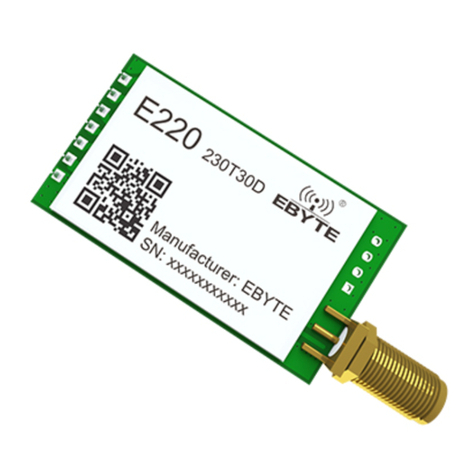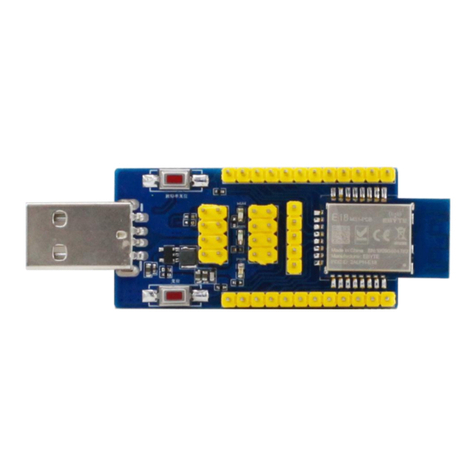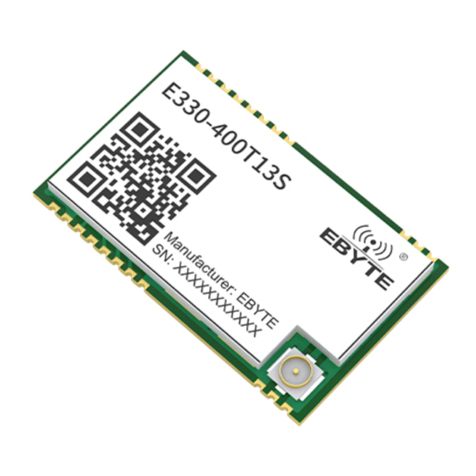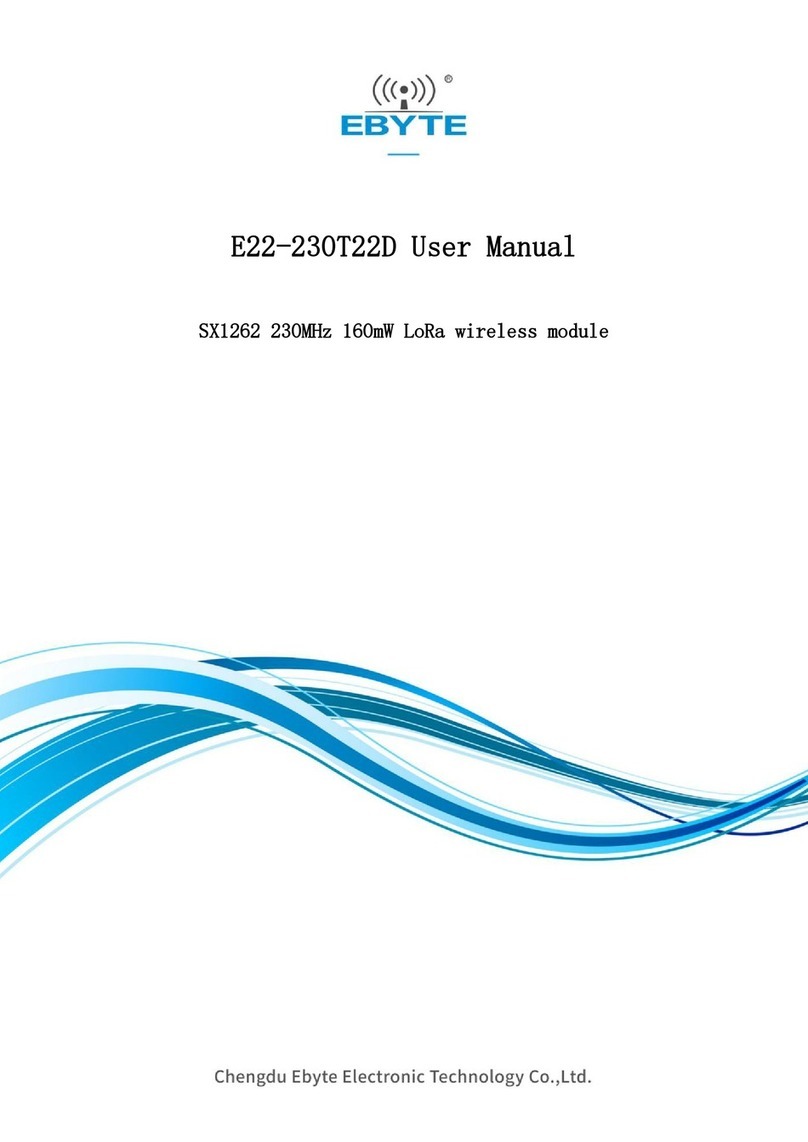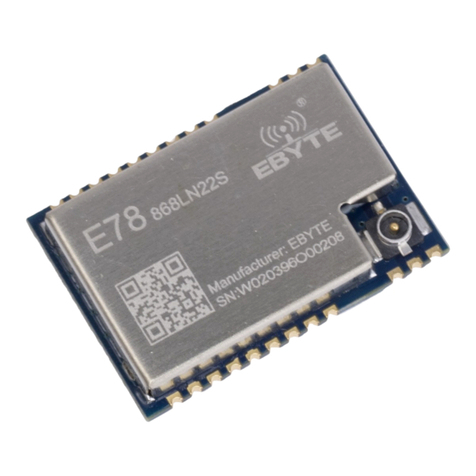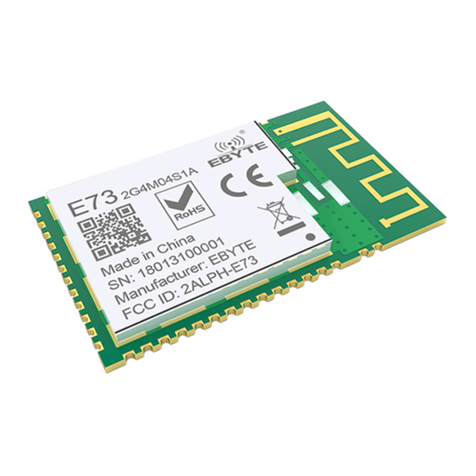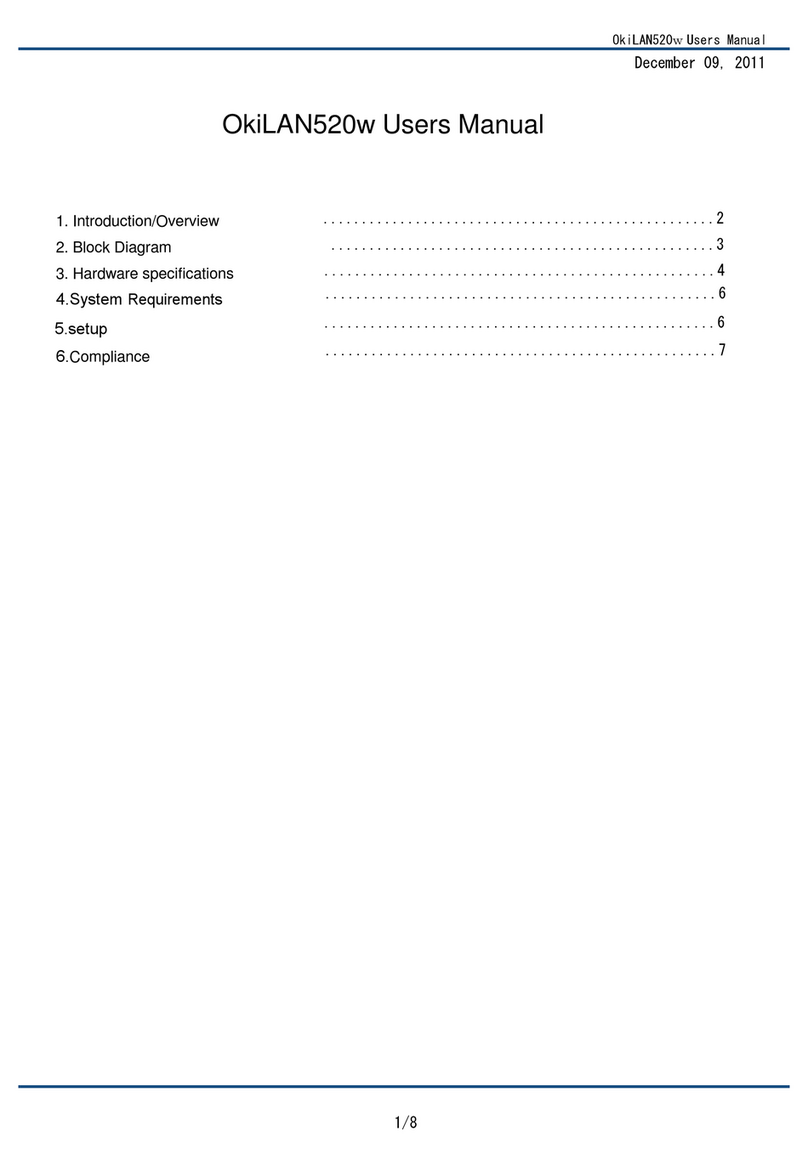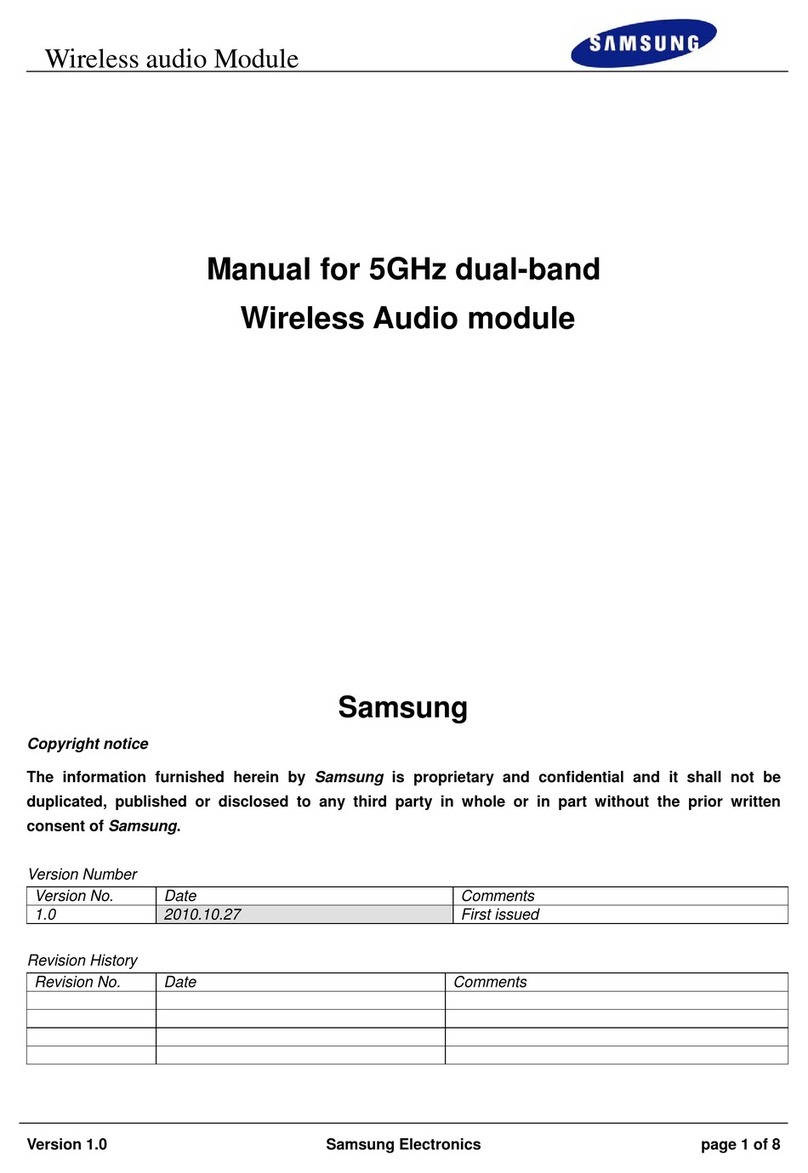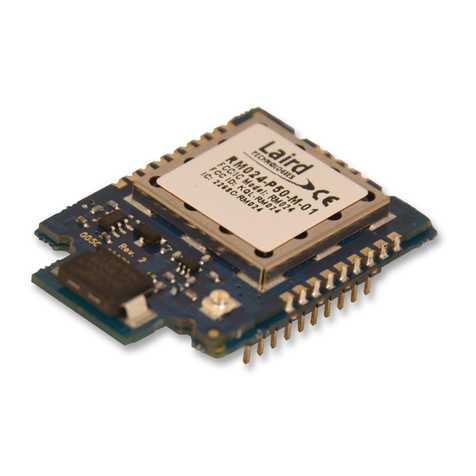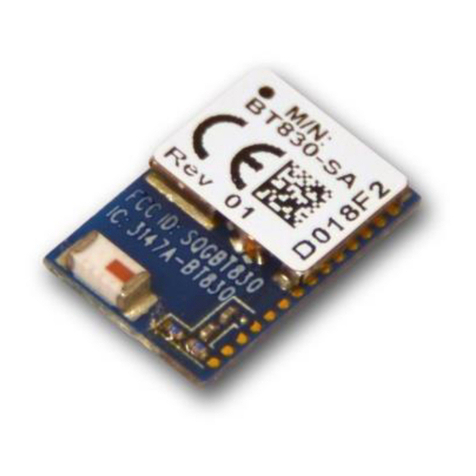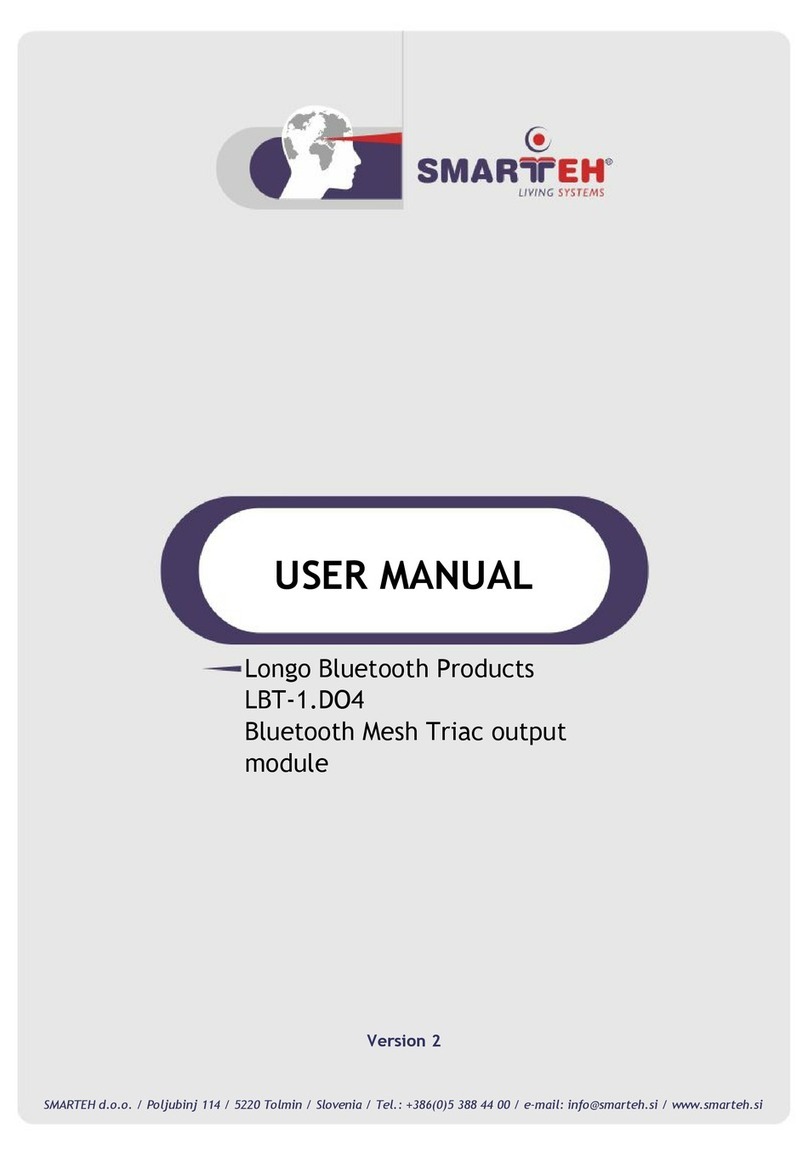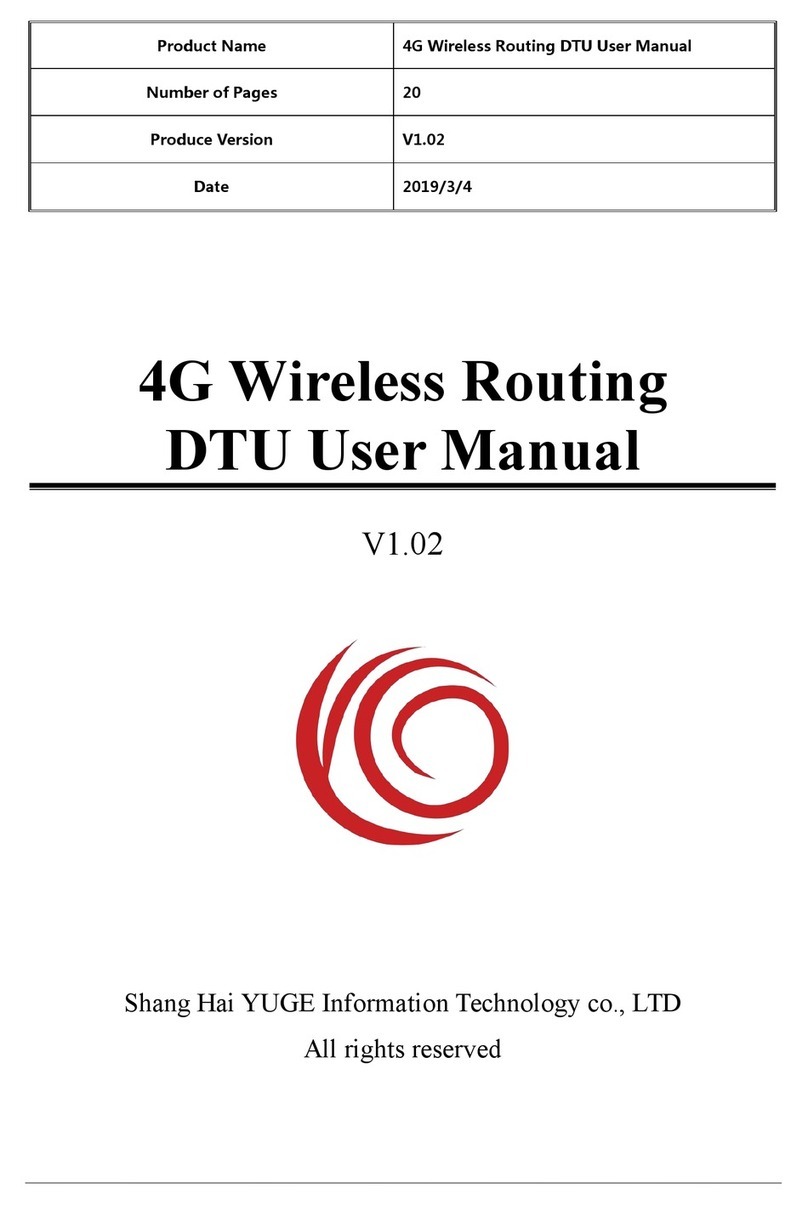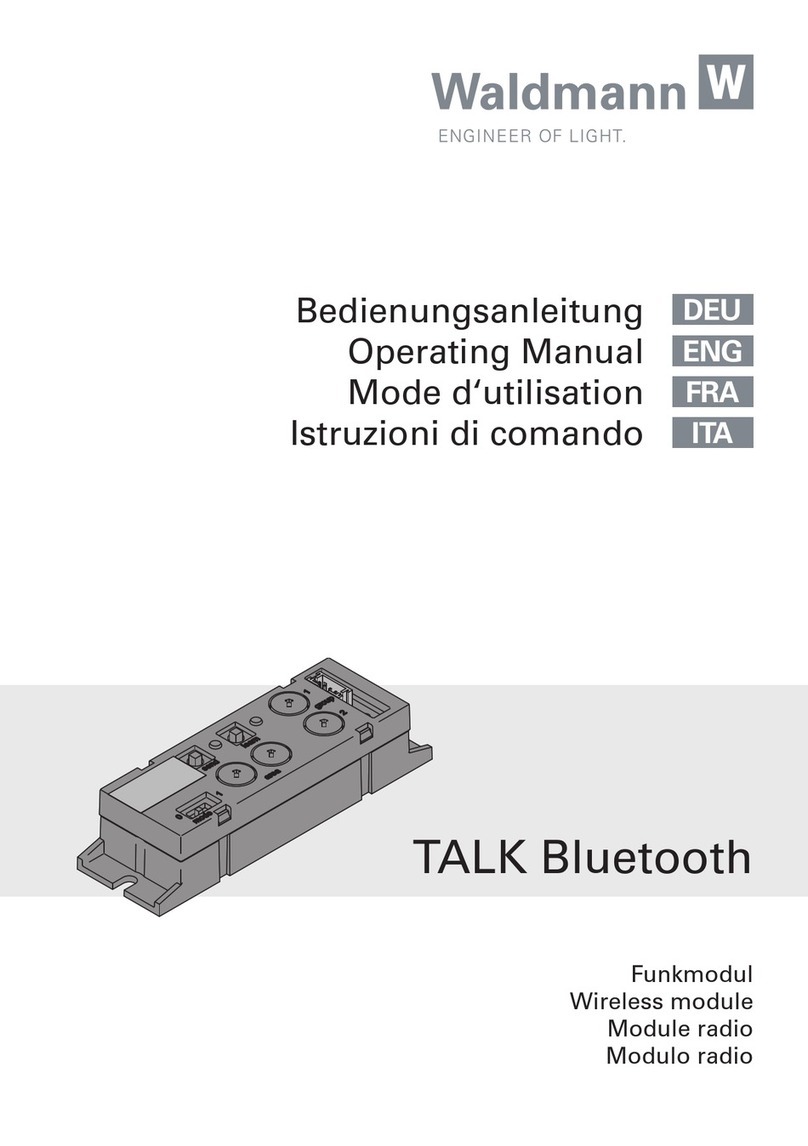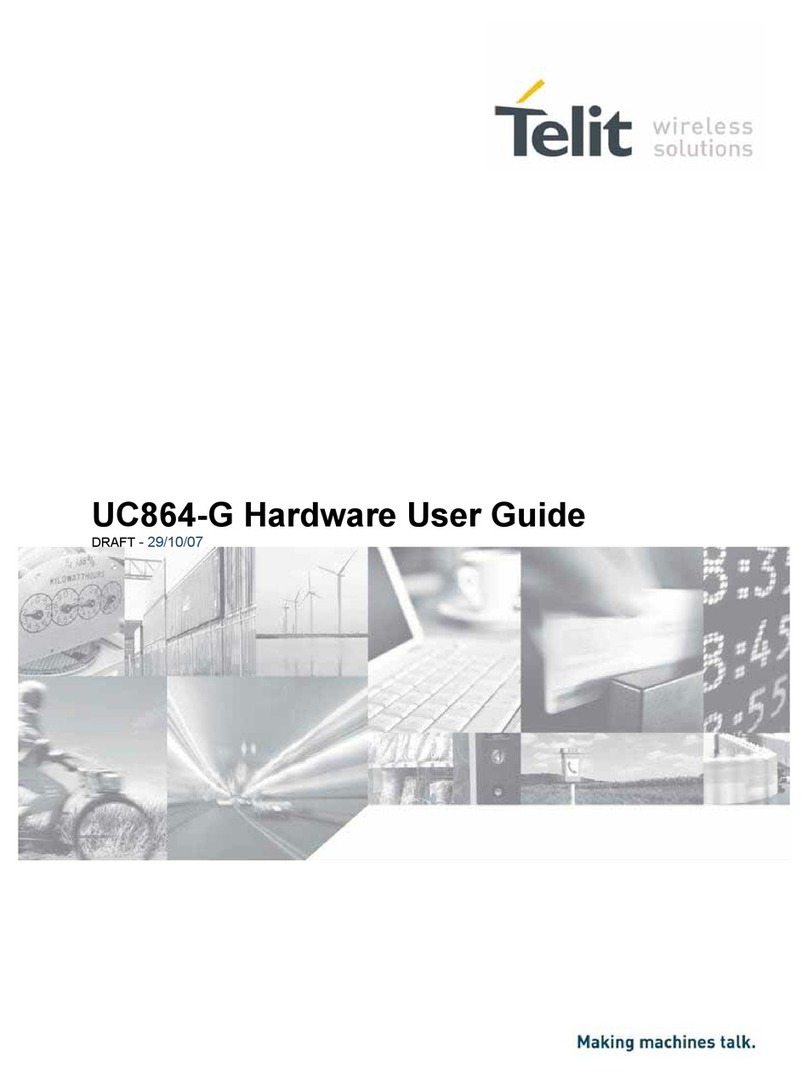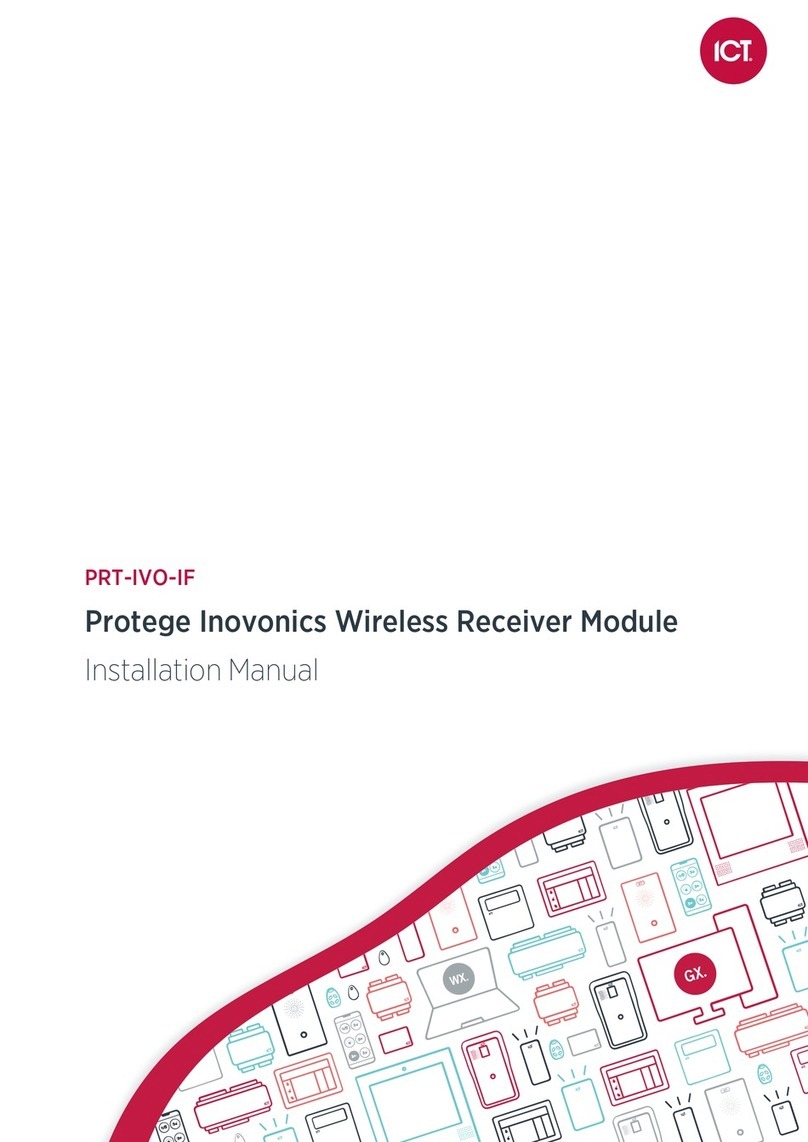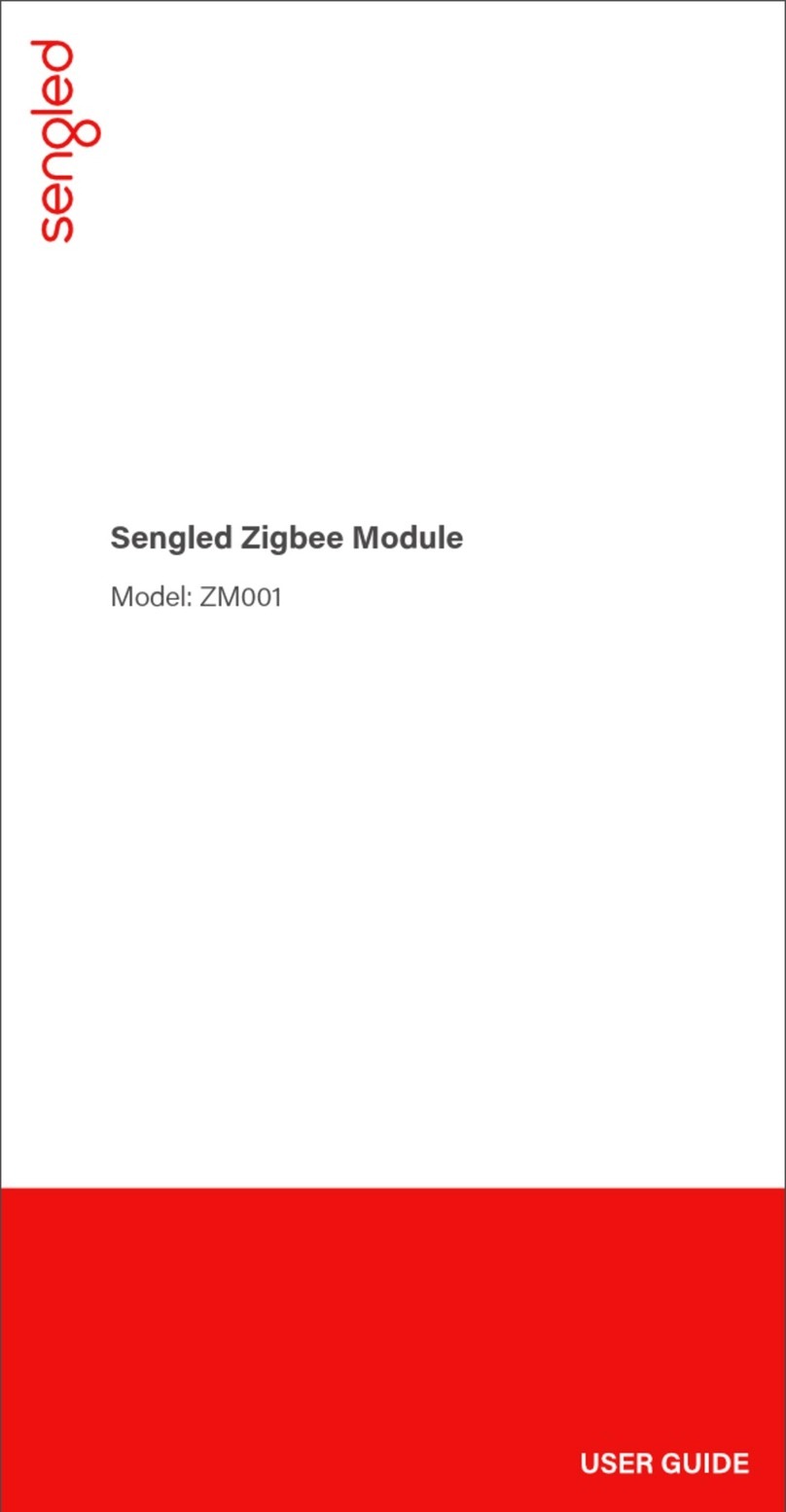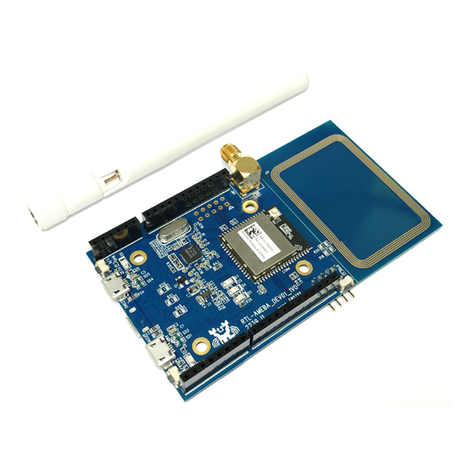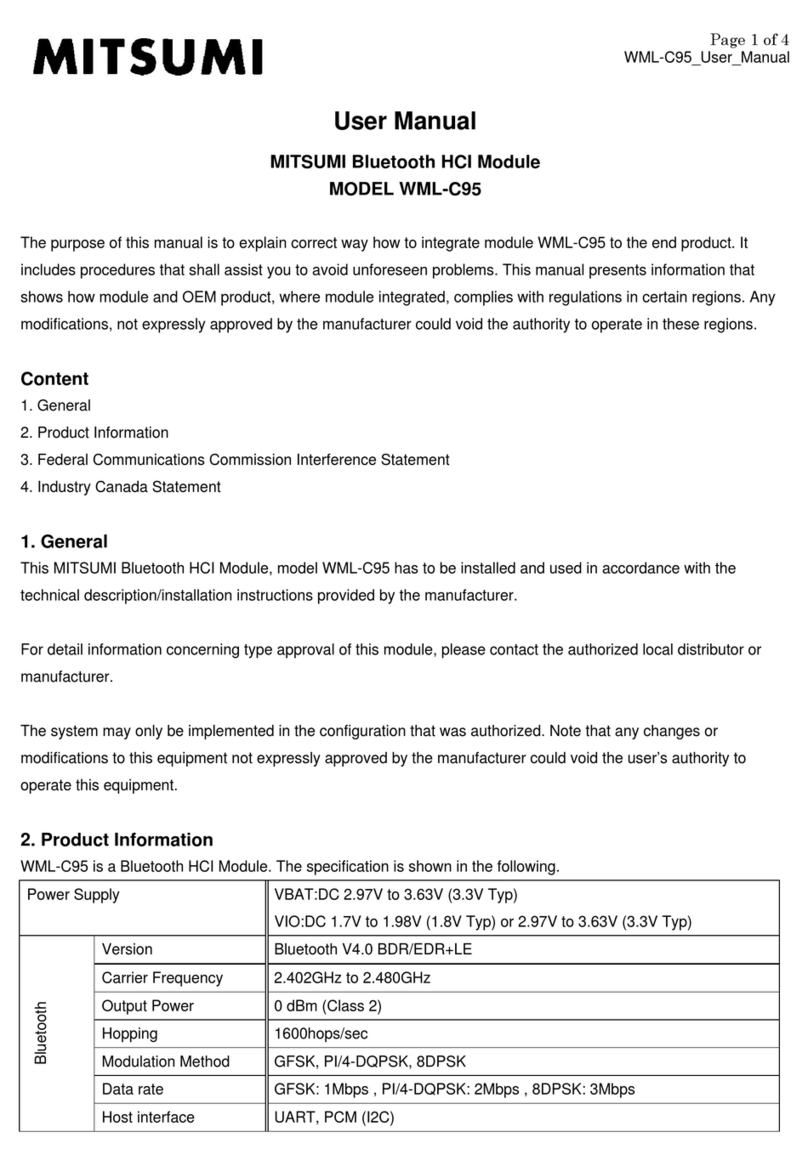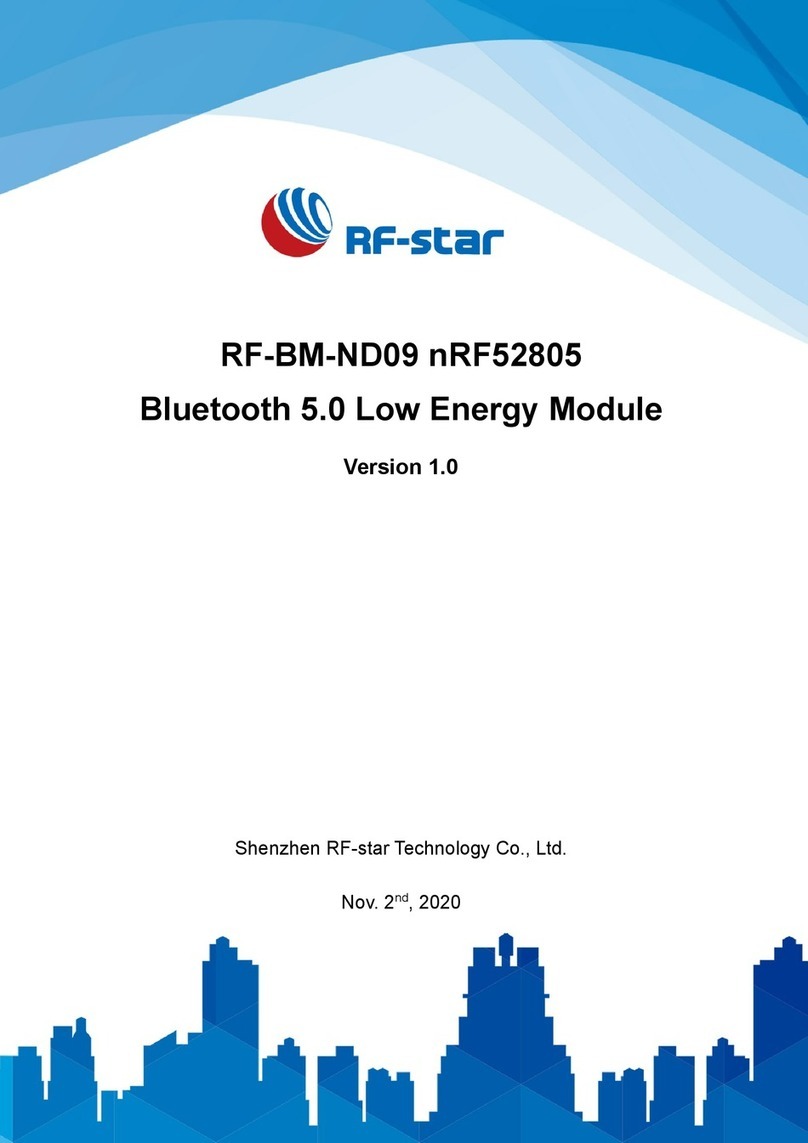
Chengdu Ebyte Electronic Technology Co., Ltd. E220P-400T22S User Manual
Copyright ©2012–2020, Chengdu Ebyte Electronic Technology Co., Ltd.
Contents
1. OVERVIEW..............................................................................................................................................................2
1.1 INTRODUCTION..............................................................................................................................................................3
1.2 FEATURES...................................................................................................................................................................... 3
1.3 APPLICATION................................................................................................................................................................. 3
2. SPECIFICATIONS AND PARAMETERS............................................................................................................4
2.1 LIMIT PARAMETER.........................................................................................................................................................4
2.2 OPERATING PARAMETER................................................................................................................................................4
3. SIZE AND PIN DEFINITION................................................................................................................................ 5
4. CONNECT TO MCU...............................................................................................................................................6
5. FUNCTION DESCRIPTION..................................................................................................................................7
5.1 FIXED TRANSMISSION................................................................................................................................................... 7
5.2 BROADCASTING TRANSMISSION................................................................................................................................... 7
5.3 BROADCASTING ADDRESS............................................................................................................................................. 8
5.4 MONITOR ADDRESS.......................................................................................................................................................8
5.5 RESET............................................................................................................................................................................8
5.6 AUX DESCRIPTION........................................................................................................................................................8
5.6.1 Indication of UART output....................................................................................................................................
8
To wake up the external MCU........................................................................................................................................
8
5.6.2 Indication of wireless transmitting........................................................................................................................
8
5.6.3 Configuration procedure of module......................................................................................................................
9
5.6.4 Notes for AUX........................................................................................................................................................
9
6. OPERATING MODE............................................................................................................................................ 10
6.1 MODE SWITCHING...................................................................................................................................................... 10
6.2 NORMAL MODE(MODE 0)...................................................................................................................................... 11
6.3 WOR SENDING MODE (MODE 1).................................................................................................................................11
6.4 WOR RECEIVING MODE (MODE 2)............................................................................................................................. 11
6.5 DEEP SLEEP MODE (MODE 3).....................................................................................................................................11
7. REGISTER READ AND WRITE CONTROL...................................................................................................12
7.1 COMMAND FORMAT.................................................................................................................................................... 12
7.2 REGISTER DESCRIPTION..............................................................................................................................................12
7.3 FACTORY DEFAULT PARAMETER..................................................................................................................................14
8. CONFIGURATION INSTRUCTION ON COMPUTER.................................................................................. 15
9. HARDWARE DESIGN..........................................................................................................................................15
10. FAQ........................................................................................................................................................................ 16
10.1 COMMUNICATION RANGE IS TOO SHORT................................................................................................................... 16
10.2 MODULE IS EASY TO DAMAGE.................................................................................................................................. 17
10.3 BER (BIT ERROR RATE)IS HIGH...............................................................................................................................17
11. SOLDERING OPERATION GUIDANCE........................................................................................................ 17
11.1 REFLOW SOLDERING TEMPERATURE.........................................................................................................................17
11.2 REFLOW SOLDERING CURVE.....................................................................................................................................18
12. RELATED MODELS.......................................................................................................................................... 18
13. ANTENNA RECOMMENDATION...................................................................................................................18
14. PACKAGE FOR BULK ORDER.......................................................................................................................20
REVISION HISTORY...............................................................................................................................................20
ABOUT US..................................................................................................................................................................20


